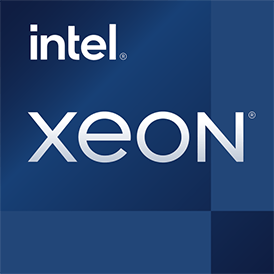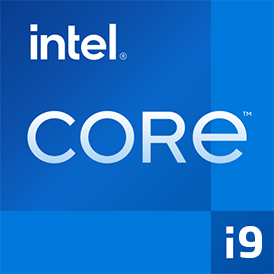Comparison of Gainward GeForce GTX 1080 Ti GS video card vs GALAX GeForce RTX 2080 Ti SG (1-Click OC) V2 video card by specs and benchmarks. Gainward GeForce GTX 1080 Ti GS runs at 1.506 GHz+ 2 % base clock speed and has 11 GB of GDDR5X memory, while video card GALAX GeForce RTX 2080 Ti SG (1-Click OC) V2 runs at 1.506 GHz+ 2 % base clock speed and has 11 GB of GDDR6 memory. The weight is different, -- vs --. The TDP of the first video card is 250 W, and the second is 250 W . Compare the benchmark results to find out which video card is better.


 Russian
Russian  Germany
Germany  Portuguese
Portuguese  Italian
Italian  French
French  Japan
Japan  Spanish
Spanish  Polish
Polish  Chinese
Chinese 






